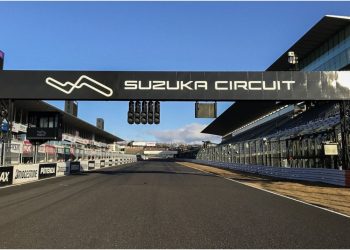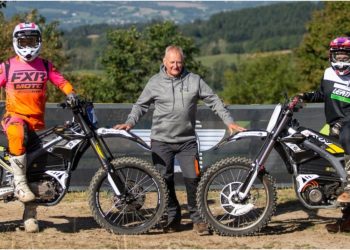Ford announced that it is getting into battery manufacturing by committing to a 60 GWh factory in the United States as part of a joint venture with South Korea’s SK Innovation.
It is important to remember that a few years ago Ford did not see much value in going into battery cell production however, things have changed. Now the automaker is completely focused on the electrical transition, and understands that in case of producing electric vehicles in large quantities, it must insure battery cells.
Since Tesla’s partnership with Panasonic, several construction companies have partnered with battery manufacturers to further secure supply. For example, General Motors has collaborated with LG Energy Solutions for the Ultium battery platform.
“Ford and SK Innovation announced today they have signed an MoU to create a joint venture – to be called BlueOvalSK – to produce approximately 60 GWh annually in traction battery cells and array modules, starting mid-decade, with potential to expand,” says the American company.
The announcement comes just after the Ford F-150 Lightning was unveiled and a few weeks after the automaker reported a new investment in battery research and development and a team called “Ford Ion Park.”
It may also interest you: Lamborghini towards decarbonisation: will debut its first EV and sustainable facilities
Ford predicts that it will need around 240 GWh of battery cell annually by 2030, and this new partnership will help them achieve that.
“This MoU is just the start; it’s a key part of our plan to vertically integrate key capabilities that will differentiate Ford far into the future. We will not cede our future to anyone else,” explains Jim Farley, Ford president and CEO,
The new association will start producing cells from “the middle of the decade” and Ford is talking about “next generation cells” but not yet going into details.
Furthermore, the press release on the new joint venture mentions Ford’s investment in Solid Power, a solid-state battery startup that aims to bring its next-generation solid-state batteries into production by mid-mid-2000.
Written by | Gabriel Sayago












